- Furniture
- Living Room
- Sofas & Loveseats
- Accent Chairs
- Recliners
- Massage Chairs
- Coffee Tables
- End & Side Tables
- Ottomans
- Entertainment Centers & TV Stands
- Cabinets & Chests
- Bedroom
- Beds & Bed Frames
- Mattresses
- Nightstands
- Dressers & Chests
- Armoires & Wardrobes
- Makeup Vanities
- Jewelry Armoires
- Clothing & Closet Storage
- Bedding
- Kitchen & Dining
- Dining Room Sets
- Dining Tables
- Dining Chairs
- Bar Tables
- Bar Stools
- Kitchen Islands & Carts
- Sideboards, Cabinets & Buffets
- Outdoor
- Outdoor & Patio Furniture
- Patio Conversation Sets
- Outdoor Sectionals
- Patio Dining Sets
- Patio Dining Chairs
- Patio Tables
- Patio Bar Furniture
- Patio Rocking Chairs & Gliders
- Adirondack Chairs
- Outdoor Benches
- Porch Swings
- Hammocks
- Outdoor Chaise Lounges
- Beach & Lawn Chairs
- Outdoor Furniture Accessories
- Garden
- Raised Garden Beds
- Plant Stands
- Plant Supports
- Potting Benches & Tables
- Greenhouses
- Grow Tents
- Garden Tools
- Outdoor Grills
- Outdoor Decor
- Swimming Pools
- Outdoor Storage & Garages
- Sheds & Outdoor Storage
- Carports
- Garages
- Camping
- Camping Furniture
- Tents
- Coolers
- Air Mattresses & Sleeping Bags
- Kitchen
- Appliances
- Decor
- Bath
- Baby & Kids
- Toys & Hobbies
- Sports
- Pets
- Health & Beauty
- Sales & Deals
- LIVE

1300 Sq Ft Coverage Odor Eliminator with True H13 HEPA Filter
$95.00$198.00
Save $103 (52%)
Air Purifier with Sleep Mode up to 1300 Sq Ft
$88.00$109.00
Save $21 (19%)
2 Pieces Mini Ionic Whisper Home Air Purifier for Dust and Smoke
$47.00$98.00
Save $51 (52%)
Industrial Commercial Air Scrubber with Efficient Odor Eliminator
$459.00$919.00
Save $460 (50%)
Mini Ionic 3-in-1 Composite HEPA Air Purifier
$42.00$210.00
Save $168 (80%)
Desktop HEPA Air Purifier Home Air Cleaner with 2-in-1 Composite HEPA Filter
$39.00$97.00
Save $58 (59%)
800 sq.ft Air Purifier True HEPA Filter Carbon Filter Air Cleaner Home Office
$101.00$251.00
Save $150 (59%)
3-in-1 H13 True HEPA Activated Carbon Air Purifier Replacement Filter
$29.00$36.00
Save $7 (19%)
Related Searches
Buying an air purifier can greatly improve indoor air quality by removing airborne particles and pollutants. Here is a comprehensive buying guide to help you choose the right air purifier for your needs:
Identify Your Needs:
Determine the specific air quality issues you want to address, such as allergies, asthma, pet dander, smoke, or general air quality improvement.
Consider Room Size:
Measure the square footage of the room where you plan to use the air purifier. Different purifiers are designed for different room sizes, so choose one that matches your room's dimensions.
Understand the Types of Air Purifiers:
There are several types of air purifiers available, each with its own method of filtration:
HEPA Filters: Highly effective at removing particles like dust, pollen, and pet dander.
Activated Carbon Filters: Effective at removing odors, gases, and chemicals.
UV-C Filters: Kill or neutralize airborne pathogens like bacteria and viruses.
Ionic Purifiers: Emit ions to charge particles, making them stick to surfaces or collector plates.
Check the CADR Rating:
The Clean Air Delivery Rate (CADR) measures the effectiveness of an air purifier in removing specific pollutants. Look for an air purifier with a CADR rating that matches your room size and purification needs.
HEPA Filters:
If you're concerned about particulate matter, make sure the air purifier has a true HEPA filter (High-Efficiency Particulate Air). These filters capture 99.97% of particles as small as 0.3 microns.
Activated Carbon Filters:
If you're dealing with odors or chemicals, choose an air purifier with an activated carbon filter. The thicker the filter, the more effective it will be at removing odors.
UV-C or Ionic Filters:
These can be useful for germ and virus removal, but they may not be as effective for other pollutants. Consider them as supplementary features rather than primary filtration methods.
Noise Level:
Check the noise level of the air purifier, especially if you plan to use it in bedrooms or other quiet spaces. Look for models with a "quiet" or "night mode" option.
Energy Efficiency:
Choose an energy-efficient model to save on electricity bills. Look for the ENERGY STAR label, which indicates that the purifier meets energy efficiency guidelines.
Maintenance Costs:
Consider the cost and availability of replacement filters or UV bulbs. Some air purifiers require more frequent filter changes, which can add to the long-term cost.
Features:
Look for features like a timer, remote control, air quality sensors, and multiple fan speeds. These can enhance the convenience and usability of the air purifier.
Read Reviews and Compare:
Research different brands and models, read user reviews, and compare prices before making a final decision.
Consider Noise and Placement:
Think about where you'll place the air purifier and how much noise it will generate. Some models are quieter than others, and placement can affect their effectiveness.
Remember that an air purifier is just one part of maintaining good indoor air quality. Regular cleaning, proper ventilation, and humidity control can also contribute to a healthier living environment.
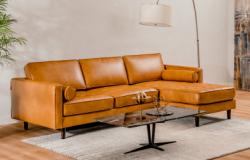
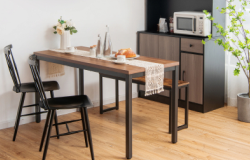
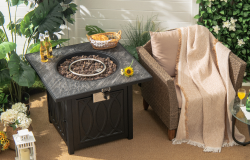
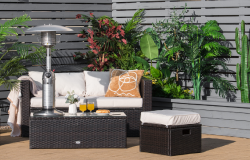
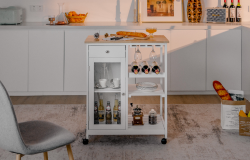
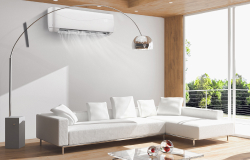

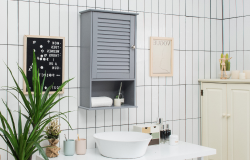
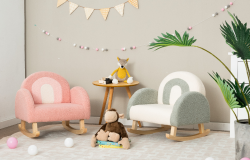
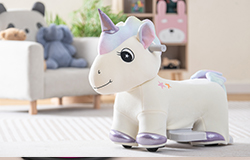
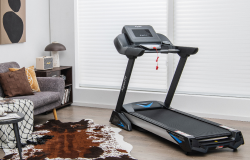
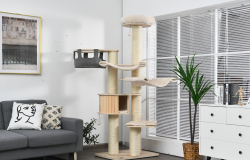
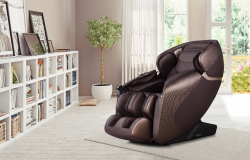



 Added to
Added to 








